Do you like to eat fresh vegetables? If so, you probably have a vegetable garden of your own. What’s the point of growing your own vegetables if you’re not going to attract pollinators to help with the harvest? Pollinators are essential for getting fruits and vegetables to set fruit and produce seed. In this comprehensive guide, we will answer some common questions about attracting pollinators to your vegetable garden, as well as provide helpful tips on how to get started.
Why Aren’t My Vegetables Growing?
One of the most common questions we get asked is “Why aren’t my vegetables growing?” There could be a number of reasons, but one of the most common is lack of pollination. Pollination is essential for fruiting and seed production in many plants, including vegetables.
Without pollinators, these plants would not be able to set fruit or produce seed. This means that if you want to grow your own fruits and vegetables, you need to attract pollinators to your garden.

Fortunately, this is not as difficult as it may seem. By taking a few simple steps, you can create an inviting habitat for pollinators that will help ensure a bountiful harvest.
What are pollinators?
Pollinators are animals that help to fertilize plants by transferring pollen from the male reproductive organ, or stamen, to the female reproductive organ, or pistil. This process is called pollination, and it is essential for the reproduction of many plant species.
Without pollinators, we would not have many of the fruits and vegetables that we enjoy today. In fact, it is estimated that one out of every three bites of food that we take is thanks to pollinators!
Types of Pollinators in Your Garden
Honey Bees
Honey bees are the most common type of pollinator and they are very important for pollinating crops. If you have a vegetable garden, you can attract honey bees by planting flowers that bloom in the spring and summer. Honey bees will also visit your garden if you have a water source for them to drink from.
There are three types of honey bees:
- The western honey bee (Apis mellifera) is the most common type of honey bee in North America.
- The eastern honey bee (Apis cerana) is found in Asia.
- The Africanized honey bee (Apis mellifera scutellata) is found in Africa and South America.
In addition to planting flowers, you can also attract honey bees to your garden by providing a water source for them to drink from. Honey bees will also visit your garden if you have a food source for them, such as a sugar feeder or a fruit tree.[1]
Bumblebees
Bumblebees are one of the best pollinators around, and they’re relatively easy to attract to your garden. They’re most active in the early morning and late afternoon, so if you have flowers that bloom during those times, you’re more likely to see bumblebees visiting your garden. Bumblebees are also attracted to blue and purple flowers, so planting some of those will help increase the chances of them finding your garden.[1]
There are a few things you can do to make your garden more attractive to bumblebees:
- Plant a variety of flowers that bloom at different times throughout the season. This way, there will always be something blooming for them to visit.
- Include some native plants in your garden. Bumblebees are more likely to visit native plants, since they’re familiar with them.
- Avoid using pesticides in your garden. Pesticides can kill bees, and you don’t want to accidentally harm the pollinators you’re trying to attract.
Native and Naturalized Bees
There are more than 4000 species of bees in North America, and most of them are native. Native bees are well-adapted to the local climate and plants. They don’t need special care or attention, and they provide important pollination services for both wild and cultivated plants.
Most native bees are solitary, meaning each female bee lives and works alone. Only a handful of native bee species live in colonies like honeybees. Bumblebees are one example of a colonial native bee.
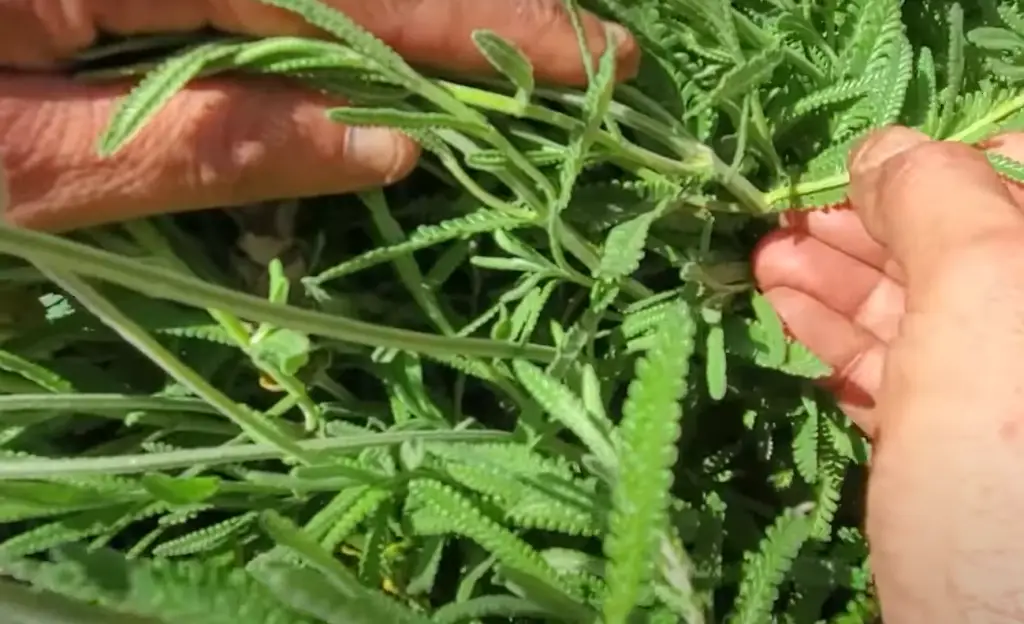
Native bees can be found in a variety of habitats, including woodlands, prairies, deserts, and mountains. Some species nest in the ground while others build nests in trees or bushes. A few species even nest in abandoned rodent burrows.
Most native bees are active during the day, although there are a few that are active at night. They collect nectar and pollen from a wide variety of flowers.
As you can see, there is a lot of diversity among native bees. This is good news for gardeners because it means that there is probably a native bee species that will visit your garden no matter where you live.[1]
Beneficial Flies
There are many beneficial flies, including hoverflies and syrphid flies. Hoverflies are important pollinators and predators of garden pests. Syrphid flies are also known as flower or syrphus flies, and they too are important pollinators. Both hoverflies and syrphid flies lay their eggs on leaves near aphids or other small insects. The larvae hatch and feed on the small insects, providing valuable pest control in your garden! To attract these beneficial creatures to your garden, plant a variety of flowers that will provide nectar for them to feed on.
These include bees, wasps, butterflies, moths, and beetles. Many of these insects are important pollinators of vegetables and fruits.[1]Bats
Bats are excellent pollinators and will visit your garden if you have the right plants. To attract them, plant flowers that bloom at night like evening primrose or four o’clock. You can also put up a bat house in your garden to give them a place to roost.
If you want to encourage bees to visit your garden, there are a few things you can do. First, choose plants that bloom at different times so there is always something in bloom for the bees to eat. Second, avoid using pesticides as they can harm bees. Finally, provide water for the bees by putting out a shallow dish of water with pebbles or stones in it so the bees can land safely.
5 Easy Ways to Increase Pollination in Your Vegetable Garden
Plant Flowers
One of the best ways to attract pollinators to your garden is to plant flowers. Pollinators are attracted to brightly colored flowers with a strong scent. Flowers also provide nectar and pollen for bees, butterflies, and other pollinators.
Some of the best flowers for attracting pollinators include:
- Basil
- Calendula
- Cosmos
- Lavender
- Marigold
- Sunflower
Leave dandelions and clover in your lawn
Dandelions and clover are two of the best flowers for attracting pollinators to your garden. They are rich in nectar and pollen, which makes them a great food source for bees, butterflies, and other pollinators. Plus, they are low-maintenance plants that don’t require much care or attention. So if you’re looking for an easy way to attract pollinators to your garden, leave some dandelions and clover in your lawn![2]
Avoid using pesticides
Pesticides can be harmful to pollinators and other beneficial insects. If you must use pesticides, choose those that are least toxic to bees and other pollinators. Use insecticidal soap or horticultural oil for spot treatment of pests.
If you have a problem with a specific pest, try to identify it before reaching for a pesticide. Many problems can be solved by simply removing the offending insect by hand. You can also attract natural predators of pests, such as ladybugs, lacewings, and parasitic wasps, to your garden. These beneficial insects will help control the population of destructive pests.
Make a Bee Bath
One of the best ways to attract pollinators to your garden is by making a bee bath. This is simply a shallow dish or bowl filled with clean water and placed in an area where bees can easily find it. You can add a few rocks or sticks to the water so that the bees have something to land on when they drink. Bee baths are especially important in hot weather when natural sources of water may be scarce.
To make sure your bee bath is being used, place it in an open area away from plants or trees that might provide shade. Also, be sure to clean and refresh the water every few days.
Bees are attracted to certain flowers because of their shape, color, and scent. By planting some of these flowers in your garden, you can attract bees and other pollinators to your vegetables.[2]
Provide Shelter
One way to attract pollinators to your garden is by providing them with shelter. This can be in the form of a birdhouse, bat house, or even a simple brush pile. By providing shelter for these animals, you’ll not only be helping them, but also yourself; as they help pollinate your plants!
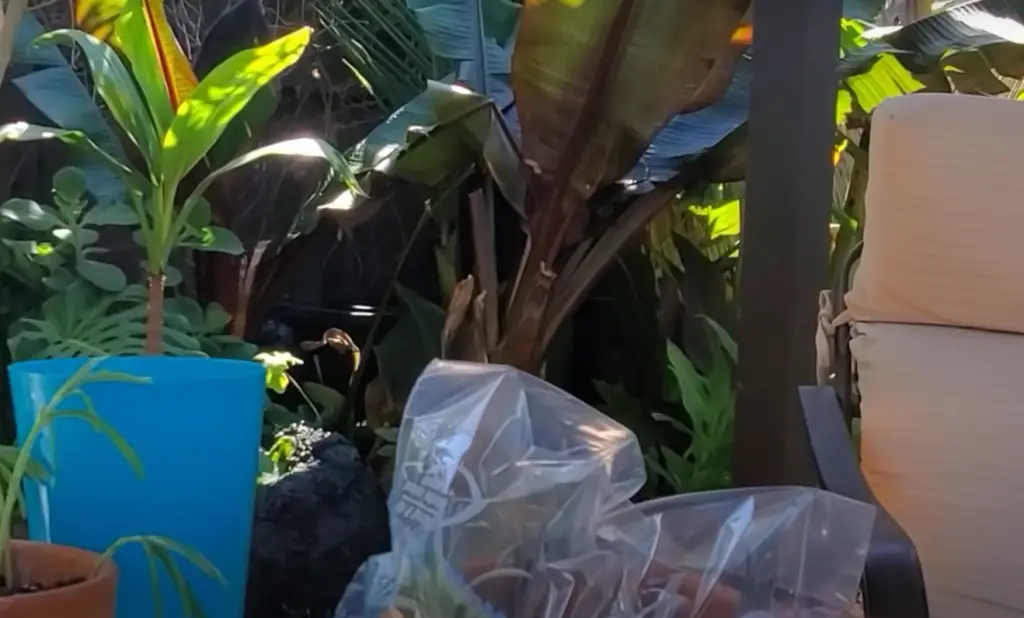
Another way to provide shelter is by planting native plants that offer protection from the elements. These types of plants are typically hardier and require less maintenance than non-native varieties. Not only will they provide valuable habitat for pollinators, but they’ll also beautify your garden!
Why You Should Get a Leafcutter Bee House
If you are looking to attract pollinators to your vegetable garden, a leafcutter bee house is a great option. Leafcutter bees are solitary bees that are native to North America. They are excellent pollinators and can increase the yield of your garden.
Leafcutter bees are attracted to flower blossoms and pollen. They will also visit other sources of nectar, such as tree sap or fruits. You can attract leafcutter bees to your garden by planting flowers that bloom in the spring and summer months. Good options include: cosmos, sunflowers, zinnias, daisies, and lavender.
In addition to planting flowers, you can also provide a water source for the bees. A simple bird bath or dish of water will suffice. Be sure to change the water regularly and keep it clean.[5]
Which Vegetables Rely on Wind Pollination?
Wind-pollinated flowers are typically small and inconspicuous. The pollen is produced in large quantities and is released into the air to float away and hopefully land on another flower of the same species. Because wind pollination is less efficient than insect pollination, these plants usually produce a lot more pollen than insect-pollinated plants. Some common vegetables that are wind-pollinated include corn, wheat, oats, rye, barley, and rice.
While most vegetables require pollinators for successful fertilization, there are a few that don’t. Self-fertile vegetables can set seed and produce fruit without any help from insects or other animals. These vegetables include peas, beans, tomatoes, eggplants, and potatoes. However, even self-fertile vegetables will produce more fruit if they are pollinated by insects.[3]
Which Vegetables are Self-Pollinating?
Many vegetables are self-pollinating, which means they don’t need help from bees or other insects to produce fruit. This includes most varieties of tomatoes, peppers, beans, and peas. There are some exceptions though; for example, lima beans need to be pollinated by bumblebees in order for them to set fruit.
If you’re not sure whether a particular vegetable is self-pollinating or not, a quick internet search will tell you. Once you know which vegetables don’t need help with pollination, you can focus your efforts on attracting pollinators to the ones that do.
Some of the most popular vegetables that require pollination include:
- Cucumbers
- Squash
- Melons
- Pumpkins
These vegetables all have large flowers, and the pollen is too heavy for the wind to carry. That means bees and other insects are essential for pollination.
Which Vegetables Require Insect Pollination?
Many vegetables require insect pollination in order to produce a crop. These include cucumbers, squash, melons, and eggplants.
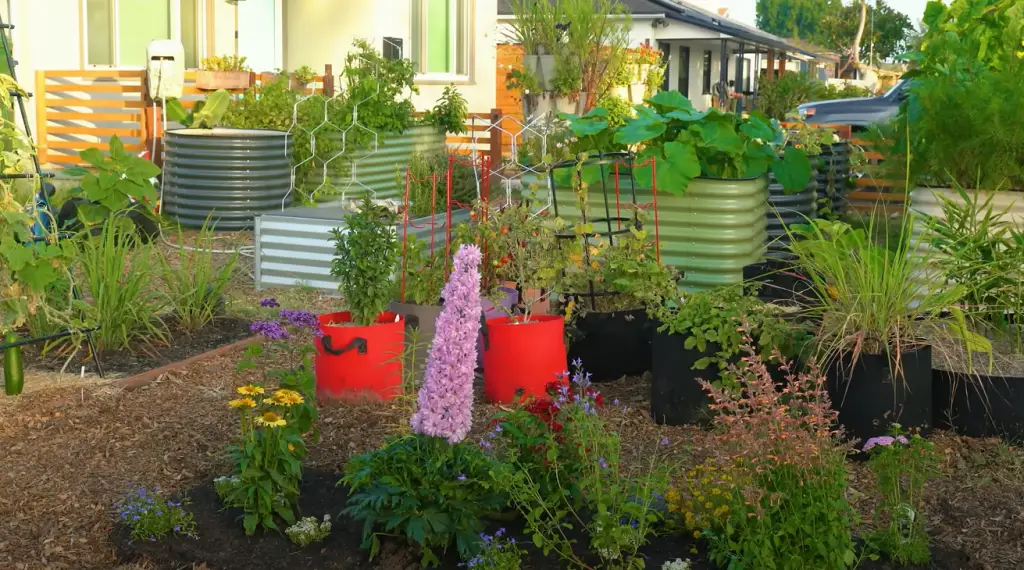
Tomatoes are self-pollinating, meaning they don’t need insects to transfer pollen from the male organ or stamen to the female organ or pistil. However, adding pollinators to your garden will still result in a higher yield of tomatoes.[3]
Female versus Male Flowers
One of the most common questions I get asked about attracting pollinators to vegetable gardens is whether it’s better to have male or female flowers. The answer is that it depends on what you’re trying to achieve.
However, if you’re trying to attract butterflies, then you’ll want a higher ratio of female flowers because they provide a landing pad for the butterflies to lay their eggs.Insufficient Pollination
One of the most common problems facing vegetable gardeners is insufficient pollination. This can lead to misshapen or underdeveloped fruits and vegetables, as well as reduced yields. Fortunately, there are a number of things you can do to encourage pollinators in your garden, including:
- Planting a diversity of flowers that bloom at different times throughout the growing season. This will provide a steady source of nectar and pollen for bees and other pollinators.
- Avoiding the use of pesticides, which can kill beneficial insects like bees. If pests are a problem, try using organic controls such as traps or beneficial predators.
- Providing nesting sites for native bees by leaving some areas of your garden undisturbed. Mason bees and leafcutter bees are especially good at pollinating vegetables.[3]
Flower Power
One of the best ways to attract pollinators to your garden is by planting a variety of flowers. Flowers provide nectar and pollen, which are essential foods for bees, butterflies, and other pollinators. By planting a mix of annual and perennial flowers, you can provide food for pollinators throughout the growing season.
Some flowers that are particularly attractive to pollinators include:
- Asters
- Bee balm
- Black-eyed Susans
- Butterfly weed
- Coneflowers
- Coreopsis
- Daylilies
- Echinacea (coneflower)
- Gaillardia (blanket flower)
FAQ
What vegetables are good for pollinators?
There are a variety of vegetables that are good for pollinators. These include: squash, pumpkins, beans, peas, cucumbers, and sunflowers.
What vegetables do bees like?
Most bees are generalists and will visit a range of flowers to collect nectar and pollen. However, there are a few bee species that specialize in foraging on a single type of flower.
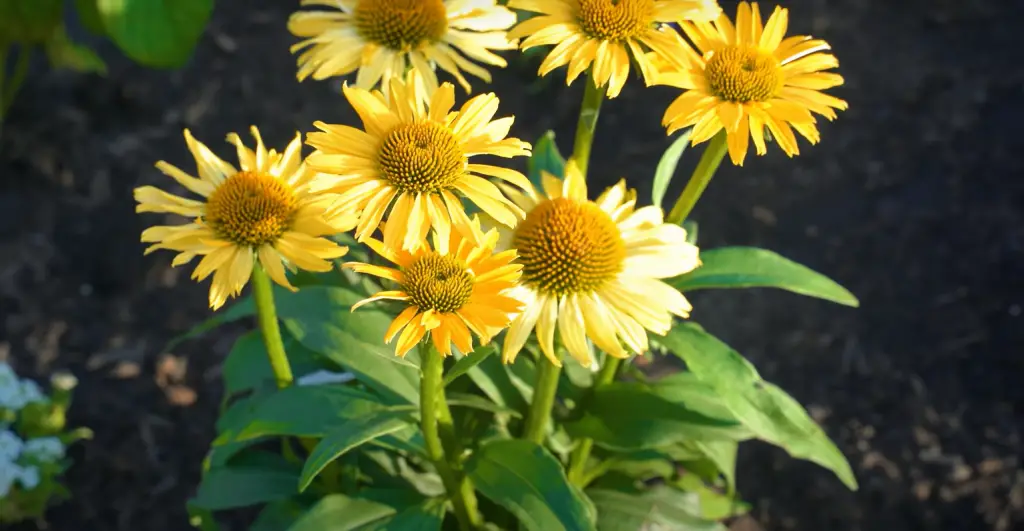
For example, squash bees only visit plants in the cucurbit family (which includes squash, pumpkins, and gourds).
What plant attracts the most pollinators?
There are a variety of plants that attract pollinators, but some are more effective than others. Some of the best plants for attracting pollinators include:
- Bee Balm
- Black-eyed Susans
- Butterfly Bushes
- Coneflowers
- Coreopsis
- Fennel
- Lavender
Each of these plants has unique features that make them appealing to different types of pollinators. For example, bee balm (Monarda didyma) is an excellent plant for attracting bees because of its nectar-rich flowers. Butterfly bushes (Buddleja davidii), on the other hand, are a great choice for attracting butterflies due to their large, showy flowers.
What smells attract bees?
Bees are attracted to a variety of smells, including flowers, fruits, and even some types of trees. If you want to attract bees to your garden, try planting some herbs or flowers that have a strong scent. You can also put out bowls of fruit or sugar water to attract them. Just make sure that the bowl is shallow enough that the bees can reach the water![4]
How can we fix poor pollination?
There are a few things we can do to help improve pollination in our gardens. One is to provide habitat for native pollinators like bees, butterflies, and beetles. This can be as simple as leaving some areas of your garden undisturbed with native plants that flower at different times throughout the season. You can also build or buy houses specifically designed for these creatures.
Another way to help is by planting a diversity of flowers that bloom at different times from early spring until late fall. This ensures there will always be something in bloom for the pollinators to visit. Finally, avoid using pesticides in your garden as they can kill both the pests you’re trying to get rid of and the beneficial insects you want to attract.
What stimulates pollen tube growth?
Pollen tube growth is stimulated by a number of factors, including the presence of certain plant hormones, such as auxins and gibberellins. Additionally, the pollen tube must come into contact with the stigma of the flower in order for pollination to occur. Once the pollen tube reaches the ovule, fertilization can take place and the seed development process can begin.

There are a few things you can do to encourage pollinators to visit your garden:
- Plant a variety of flowers that bloom at different times throughout the season. This will provide a continuous source of nectar for pollinators.
- Use native plants whenever possible. Native plants are adapted to local conditions and provide food and shelter for native wildlife.
- Avoid the use of pesticides. Pesticides can kill both beneficial and harmful insects. If you must use pesticides, choose ones that are specifically designed to target the pests you are trying to control.
Useful Video: 10X Your Vegetable Harvest – Attract the Best Pollinators to Your Garden.
Conclusion
If you want to attract pollinators to your vegetable garden, there are a few things you can do. First, choose plants that are native to your area and that bloom at different times throughout the season. This will give the pollinators something to eat no matter when they visit your garden. You can also provide them with shelter by planting dense shrubs or leaving areas of your garden undisturbed. Finally, avoid using pesticides in your garden as these can harm pollinators. By following these tips, you can create a space that is inviting for pollinators and beneficial for your plants!
References:
- https://www.groworganic.com/blogs/articles/attracting-pollinators-to-the-garden
- https://www.shiftingroots.com/5-easy-ways-to-increase-pollination-in-your-vegetable-garden/
- https://blog.soil3.com/pollination-integration
- https://www.skh.com/thedirt/attracting-pollinators-to-your-garden/
- https://getbusygardening.com/attract-bees-to-vegetable-garden/





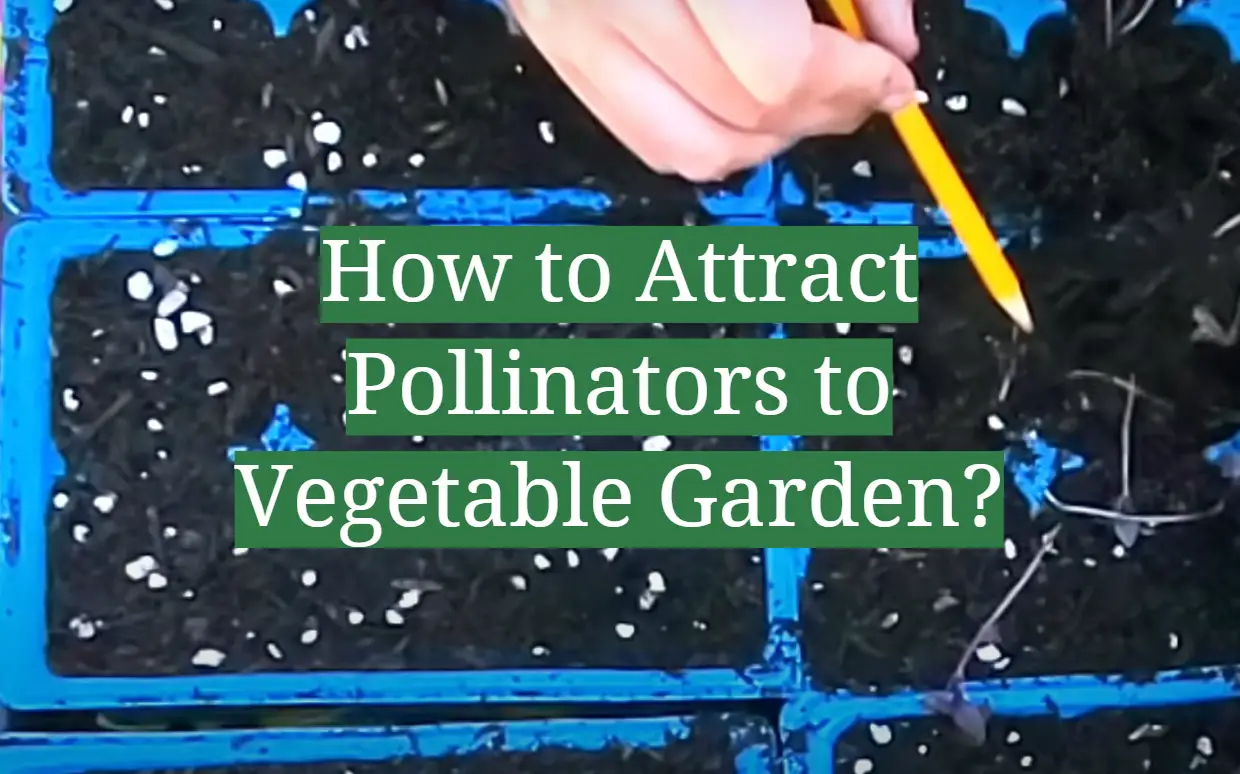


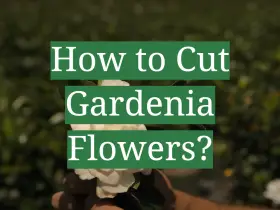
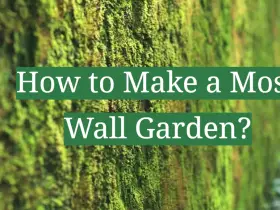
Leave a Reply
View Comments